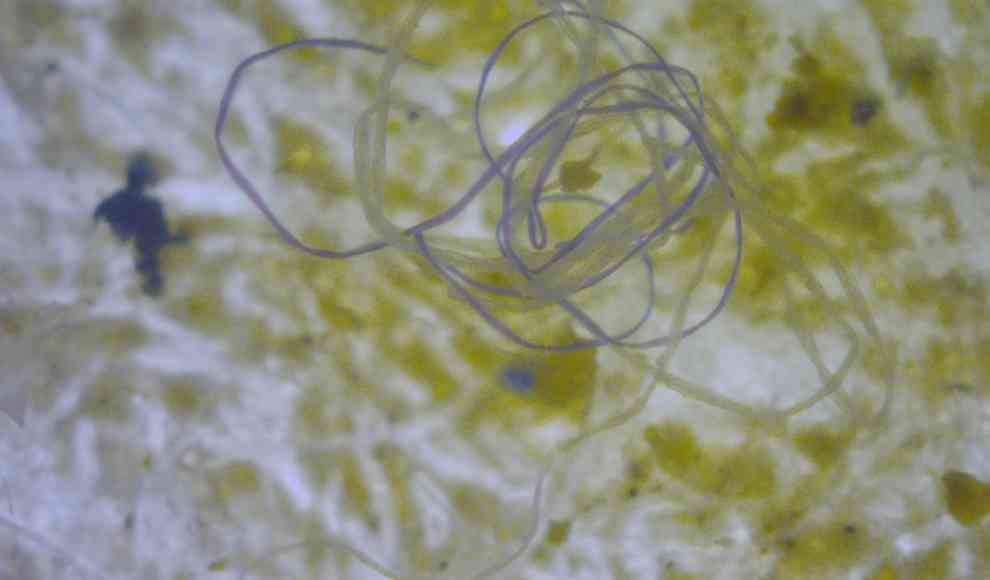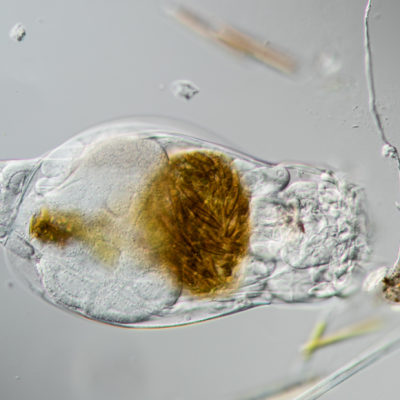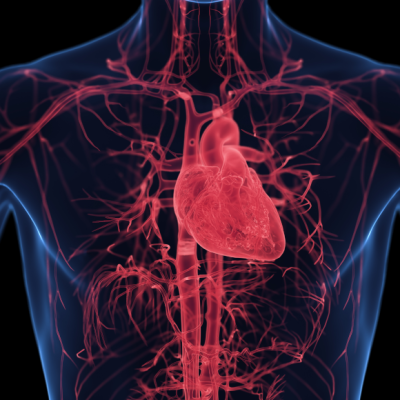A recent study has found that microplastics not only have a potential toxic effect on humans, but they can also mechanically damage human cells, leading to inflammation. Microplastics have been found all over the Earth’s surface, with an estimated 70 million tons in the oceans alone. As a result, microplastics have also been found in human organs, with individuals consuming around 200,000 microplastic particles per year. The health effects of microplastics are still largely unknown, but there are indications that they can lead to cancer, infertility, and inflammation.
Researchers at Saarland University have now shown for the first time that plastic particles can mechanically destabilize cell membranes. According to their publication in the journal PNAS, this is because microplastics stretch the membranes of red blood cells, significantly reducing their mechanical stability. “Currently, the possibility of a toxic effect of microplastics on human cells is being discussed. However, the possibility of inflammation of a cell membrane due to a purely physical effect is completely ignored by most studies,” explains Jean-Baptiste Fleury. This effect is unexpected from a physical point of view, as a cell membrane has more similarity to a liquid than to a solid tissue.
Surprisingly, the researchers observed that the membranes of artificial cells and red blood cells stretch in the presence of microplastics. “Apparently, the membrane of human red blood cells spontaneously inflames,” explains Fleury. The theoretical physicist Vladimir Baulin was able to explain this effect with a mathematical model he developed, which shows how microplastics affect cell membranes. “In simplified terms, Vladimir Baulin’s model predicted that each particle consumes a portion of the membrane area, which causes the membrane to contract around a particle. This effect then inevitably leads to a mechanical stretching of the cell membrane. We were also able to experimentally demonstrate that the theoretical model can even predict the increase in membrane tension quantitatively,” explains Fleury.
This study sheds light on the potential dangers of microplastics on human health and highlights the need for further research in this area. It also emphasizes the importance of reducing plastic waste and finding alternative materials to plastic.










